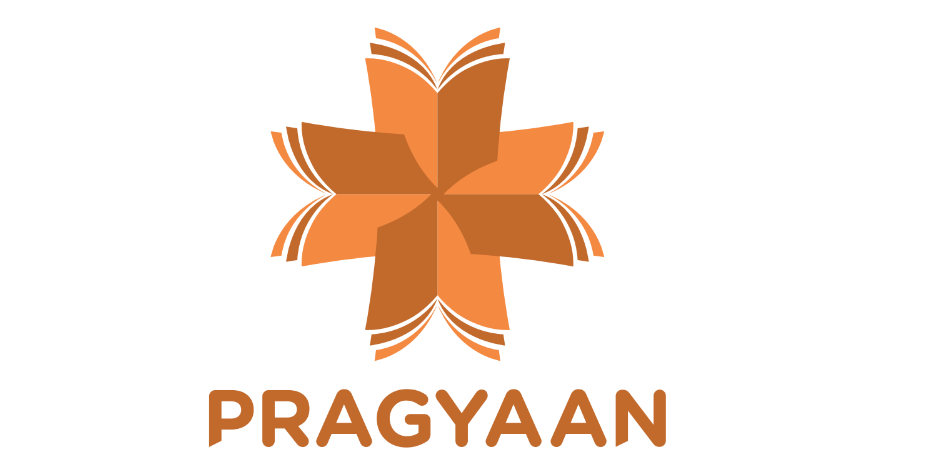Modeling Design Objects and Processes [electronic resource] / by Takaaki Yagiu.
Material type: TextSeries: Computer Graphics: Systems and ApplicationsPublisher: Berlin, Heidelberg : Springer Berlin Heidelberg : Imprint: Springer, 1991Edition: 1st ed. 1991Description: X, 330 p. online resourceContent type:
TextSeries: Computer Graphics: Systems and ApplicationsPublisher: Berlin, Heidelberg : Springer Berlin Heidelberg : Imprint: Springer, 1991Edition: 1st ed. 1991Description: X, 330 p. online resourceContent type: - text
- computer
- online resource
- 9783642844201
- 005.1 23
- QA76.758
0 Introduction -- 0.1 Primary Organization of a CAD System -- 0.2 Current State of Integration and Distribution -- 0.3 Roles of a Database -- 0.4 Toward Product Modeling -- 0.5 The Subject Matter -- 0.6 An Example -- 0.7 On the Formalness and Abstractness of Language -- 0.8 On the General Theory of Design -- 0.9 Program for Succeeding Chapters -- References -- 1 Requirements of CAD Databases -- 1.1 Structures and Semantics -- 1.2 Dynamic Aspect -- 1.3 Version Control -- References -- 2 Criticism of Past and Current Data Models -- 2.1 Graphics Packages in the 1960s -- 2.2 Ad hoc Developments of CAD Databases -- 2.3 The Network (CODASYL) Model and Its Extensions -- 2.4 Relational Model and Its Extensions -- References -- 3 First Order Theory and Its Interpretation -- 3.1 First Order Language -- 3.2 Formal Theory -- 3.3 Interpretation of First Order Theory -- 3.4 Undecidability and Incompleteness -- 3.5 Clausal Form and the Herbrand Model -- References -- 4 Criticism of Logical Approaches -- 4.1 Pertinencies of Logic to Computer Sciences and Applications -- 4.2 Theory or Interpretation? -- 4.3 Meanings of Logical Formulas -- 4.4 Single or Multiple Interpretations? -- 4.5 The Universe of Interpretation -- 4.6 What Kind of Logic? -- References -- 5 Philosophical Discussions -- 5.1 Philosophical Reinterpretations of Conceptual Frameworks -- 5.2 Criticism of Underlying Weltanschauungen -- 5.3 An Alternate Weltanschuung -- References -- 6 The Fundamental Structure of the Design Object Model -- 6.1 Physical Object, Theory and Interpretation -- 6.2 Qualifications on Theories and Interpretations -- 6.3 Illustrative Examples -- References -- 7 The Model Description Language (MDL) -- 7.1 General -- 7.2 Theory Construction -- 7.3 Interpretation -- 7.4 Illustrative Examples -- References -- 8 Modeling the Design Process -- 8.1 The Concept of Minimal Extension -- 8.2 The Expansion of Model Description Language (MDL) -- 8.3 Controlling the Model Development -- References -- 9 Implementation and Remaining Problems -- 9.1 General Organization -- 9.2 Logical Structure Description Language (LDL) -- 9.3 Logical Structure Manipulation Language (LML) -- 9.4 Logical Structure Manipulation Utility (LMU) -- 9.5 Examples and Applications -- 9.6 Remaining Problems -- References.
A little more than a decade ago my colleagues and I faced the necessity for providing a database management system which might commonly serve a number of different types of computer aided design applications at different manufacturing enterprises. We evaluated some wellknown cases of conceptual models and commercially available DBMSs, and found none fuHy meeting the requirements. Yet the analysis of them led us to the development of what we named the Logical Structure Management System (LMS). Syntactically the LMS language is somewhat similar to ALPHA by E. F. Codd. The underly ing conceptual model is entirely different from that of the relational model, however. LMS has been since put into practical use, meanwhile a further ef fort in search of asound theoretical base and a concrete linguistic framework for true product modeling together with comparative studies of various ap proaches has been made. Here, the term product modeling is used to signify the construction of informational models of design objects and design pro cesses in which it must be possible to include not a fixed set of attributes and relations, such as geometry, physical properties, part-of hierarchy, etc. , but whatever aspects of design designers may desire to be included. The purpose of this book is to present the major results of the said effort, which are primarily of a theoretical or conceptual nature. Following the intro duction (Chap.
There are no comments on this title.
